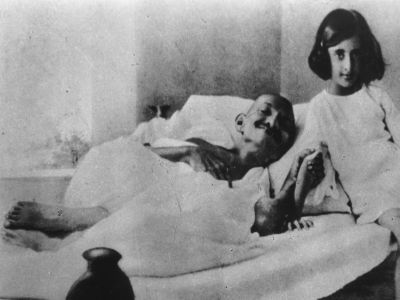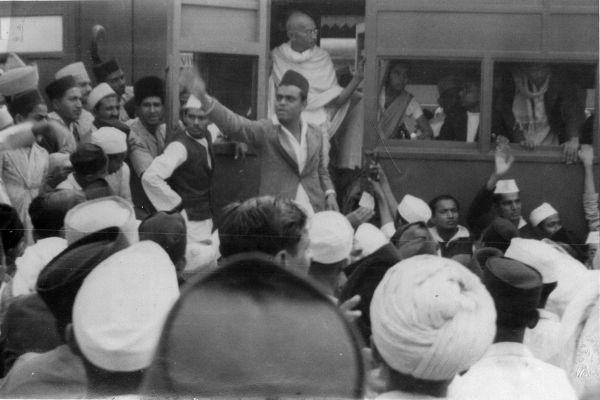He built a nation

Every year on October 2, we pay rich tributes to Mahatma Gandhi. We refer to him as the Father of the Nation and as the one who led India to independence.
In 2007, the United Nations General Assembly declared his birthday as the International Day of Non-Violence.
Gandhiji went to the Colony of Natal, South Africa, as a lawyer for Dada Abdullah who owned a shipping business there. He was just 23 and was a qualified barrister who had been called to the bar in London. He spent the next 21 years there and his experiences in the country helped him develop his sense of ethics and political views.
For the first time, Gandhiji had to face discrimination because he was brown skinned and an Indian. He was thrown into a gutter for walking near a European house; another time, he was beaten when he refused to sit on the floor of a stagecoach near a driver.
However the incident that proved a turning point in his career occurred on June 7, 1893 at Pietermaritzburg. Gandhiji was on his way to Pretoria by train. He had booked himself a first-class ticket. But, a European did not like the fact that a coloured man was travelling first class and ordered him to leave the compartment. When he refused, saying he was perfectly entitled to travel in the first class, he was kicked out of the train at Pietermaritzburg.
It was winter and Gandhiji, who spent the cold night in the waiting room, decided to stay back in South Africa and fight racial discrimination that the Indians were subjected to. During this fight, he developed his philosophy of Satyagraha or non-violent resistance. Pietermaritzburg later installed a statue of Gandhiji in the city centre.
In 1894, Gandhiji was getting ready to return to India when the Natal government proposed a bill to deny Indians the right to vote. Gandhiji stayed back to help Indians oppose this bill. He formed the Natal Indian Congress and, though the bill did get passed, he managed to focus attention on the problems of the Indians in South Africa.
In 1906, a new Act in Transvaal forced the Indian and Chinese people to compulsorily register.
A mass meeting to protest against this was held in Johannesburg on September 11 and it was here that Gandhiji used the method of Satyagraha for the first time by urging people to defy the law and to accept punishment for their act.
In 1910, he established a community at Tolstoy Farm near Johannesburg, to develop this policy of peaceful resistance. When he returned to India in 1915, he was known across the world as an Indian nationalist and community organiser.
His subsequent entry into the Indian National Congress and assumption of leadership of the movement for independence cemented his reputation. It made him a world-renowned figure who continues to influence ordinary people and statesmen.
His path to freedom
In the initial years after returning to India, Gandhiji stayed on the periphery of Indian politics. Then, in February 1919, the British pushed through the Rowlatt Act, even though there was a lot of Indian opposition. The Act empowered the authorities to imprison without trial those suspected of sedition. Gandhiji was provoked to action. He announced a Satyagraha struggle.
In 1930, he led a landmark march to the sea to collect salt, marking a silent protest to the government monopoly. He was also instrumental in leading the way for India’s independence with non-cooperation, civil disobedience and the Satyagraha as his only weapons.
He believed in a “constructive programme” to build the nation “from the bottom up”— educating rural India, which accounted for 85% of the population; continuing to fight against untouchability; promoting hand spinning, weaving, and other cottage industries to supplement the earnings of the underemployed peasantry; and evolving a system of education best suited to the needs of the people.
He has inspired writers, political leaders and activists all over the world including Nelson Mandela, Martin Luther King Jr., Annie Besant, Sarojini Naidu, the Dalai Lama, Albert Einstein, and Barack Obama with his unusual yet powerful political tool of Satyagraha.

Read the story and fill in these blanks by dropping the right word in the blank.